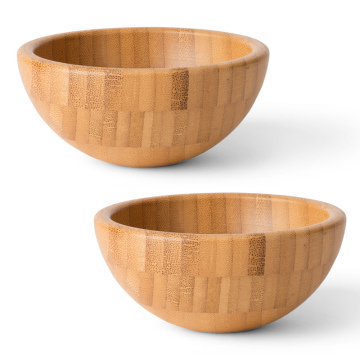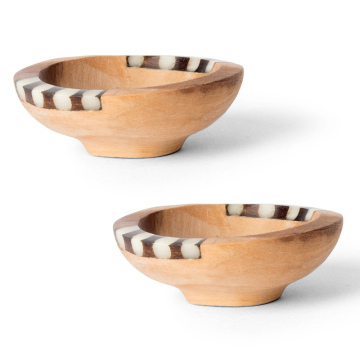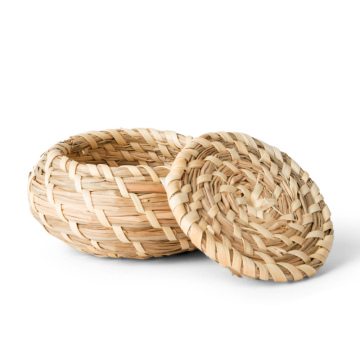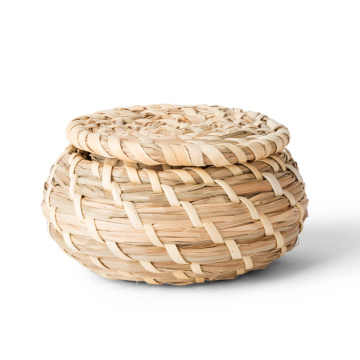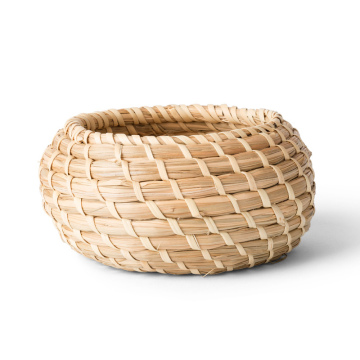Jogja Culinary Tour: Tasting the Legendary Deliciousness of Gudeg Rice
History of Gudeg Rice in Jogja
Gudeg rice, one of the typical dishes from Yogyakarta, has a rich and deep history that reflects the culture and culinary traditions of the local community. The origins of Gudeg rice can be traced back to the 19th century, where this dish was first traditionally prepared by the Javanese people. The name "gudeg" itself comes from the word "gudheg" which means boiled food, which refers to the young jackfruit processing technique used in this dish.
Since ancient times, Gudeg rice has been an important part of celebrations and traditional ceremonies in Yogyakarta. This dish is often served at certain celebrations, such as weddings or selamatan, making it a symbol of togetherness and gratitude in Javanese culture. In a historical context, Gudeg rice has also undergone transformation along with the changing times and the influence of various cultures that entered Yogyakarta, including the influence of the Dutch and other foreign cultures.
One of the important figures in the history of gudeg rice is Hj. Anna Grong-grong, who is known as the pioneer of gudeg rice in Yogyakarta. She popularized gudeg rice among the people, so that this dish has become famous until now. Over time, many gudeg rice sellers have emerged, making it a culinary that is easy to find in various corners of the city of Yogyakarta. The existence of gudeg rice in various locations also shows that this cuisine has become an inseparable part of Yogyakarta's identity.
In the modern era, Gudeg rice is not only considered as an everyday food, but also as a regional culinary icon that attracts tourists. With its unique taste and distinctive presentation, Gudeg rice remains a favorite for both locals and visitors from outside the region. The connection between Gudeg rice and the history of Yogyakarta creates an interesting narrative, making it not just a food, but also a part of a cultural heritage that should be preserved.
Ingredients and Process of Making Gudeg Rice
Gudeg rice is one of the legendary culinary dishes originating from Yogyakarta. To understand the deliciousness of this dish, it is important to know the main ingredients that make it up. One of the most important ingredients in making Gudeg rice is young jackfruit. The young jackfruit chosen is usually green and still hard, because this provides an ideal texture after being cooked. In addition, coconut milk is also an equally important component. Coconut milk provides a rich, creamy and savory taste, which supports the distinctive taste of Gudeg rice.
In the process of making Gudeg rice, there are several spices used to provide a deep aroma and flavor. Some important spices include bay leaves, galangal, lemongrass, and shallots. The combination of these spices, when cooked with young jackfruit and coconut milk, gives this dish a unique taste that is hard to match. The process of cooking Gudeg rice itself is quite time consuming. This food is usually cooked for a long time, up to 6-8 hours, over low heat. This painstaking cooking method is part of a tradition that has existed for a long time. The careful approach to cooking helps the spices to perfectly penetrate the jackfruit, making every mouthful full of flavor.
The cooking techniques used can vary, but many enthusiasts believe that cooking Gudeg rice in a clay pot gives the best results. This technique allows the heat to be distributed evenly, as well as providing a unique flavor that cannot be found in other methods. The end result is chewy, reddish-brown, and aromatic Gudeg rice ready to be a special main course. A deep understanding of the ingredients and process of making Gudeg rice is key to appreciating the deliciousness offered by this tradition-rich dish.
Famous Gudeg Rice Eating Places in Jogja
Jogja, as one of Indonesia's culinary destinations, has many choices of famous and legendary places to eat gudeg rice. Gudeg rice is a typical food from Yogyakarta made from young jackfruit cooked with various spices, so it has a rich and unique taste. Below are some recommendations for places to eat gudeg rice that are worth visiting.
One of the most famous places is Gudeg rice Bu Tjitro , which has been around since 1943. Here, visitors can enjoy authentic gudeg rice. Their signature menu includes gudeg rice complete with chicken, egg, and chili sauce. The atmosphere in this stall is very friendly and simple, making the dining experience more comfortable. Visitors often return because of the delicious taste of gudeg and the filling portions.
Next is Gudeg rice Pawon , a hidden eatery in a mother's kitchen. The authenticity of the taste is the main attraction here. Visitors can taste gudeg with spices that are absorbed, served with offal and free-range chicken. The warm and friendly atmosphere of the house makes every visitor feel at home. The reason many tourists visit here is because they want to experience a more authentic dining atmosphere.
In addition, Gudeg rice Sambel Krecek Bu Titi is also a favorite of many people. This place is known for its spicy and delicious sambal krecek. The menu is served in large portions, making it suitable for sharing. The atmosphere in the quiet surrounding environment complements the interesting culinary experience. Both elements, namely taste and atmosphere, make this location very worthy of a visit for culinary lovers who want to taste Gudeg rice.
Experience Tasting Gudeg Rice in Jogja
Enjoying gudeg rice in Jogja is a culinary experience that not only pampers the tongue but also touches the emotional aspects of visitors. Gudeg rice, which is a dish made from young jackfruit cooked in coconut milk, has a sweet and savory taste. When you first taste it, the distinctive aroma of spices will immediately arouse your appetite. The combination of warm, sticky rice and soft gudeg creates a harmony of flavors that is hard to forget.
Many visitors feel that the experience of tasting gudeg rice is more than just eating. The lively and warm atmosphere of the stall, coupled with the friendliness of the waiters who are ready to greet you with a smile, makes the atmosphere even more special. This creates a deep impression and makes many people want to come back. Not infrequently, visitors also engage in discussions about the recipes and cooking techniques used, adding to the sense of togetherness among culinary lovers.
To get the best culinary experience when enjoying gudeg rice, there are several tips that can be followed. First, choose the right time; gudeg rice is usually most delicious eaten at lunch or dinner when it is freshly cooked. Second, consider the right pairing of side dishes, such as bacem tempeh, kampung chicken, or krecek chili sauce, to add to the flavor of the dish. Third, do not hesitate to taste gudeg rice from several different places in Jogja, because each location offers its own unique touch. By paying attention to these aspects, you will be able to taste the deliciousness of gudeg rice to the maximum, while enjoying the uniqueness of traditional cuisine that can only be found in Jogja.
